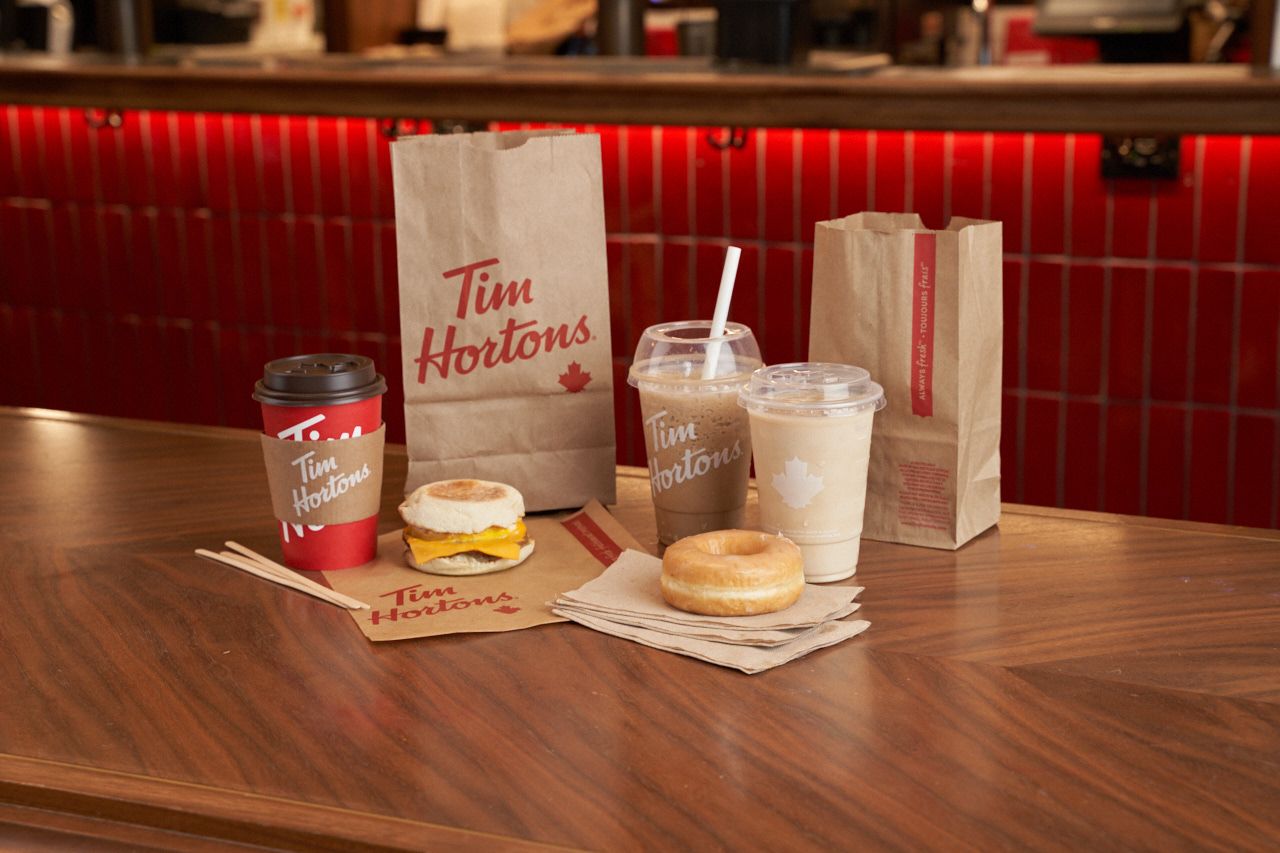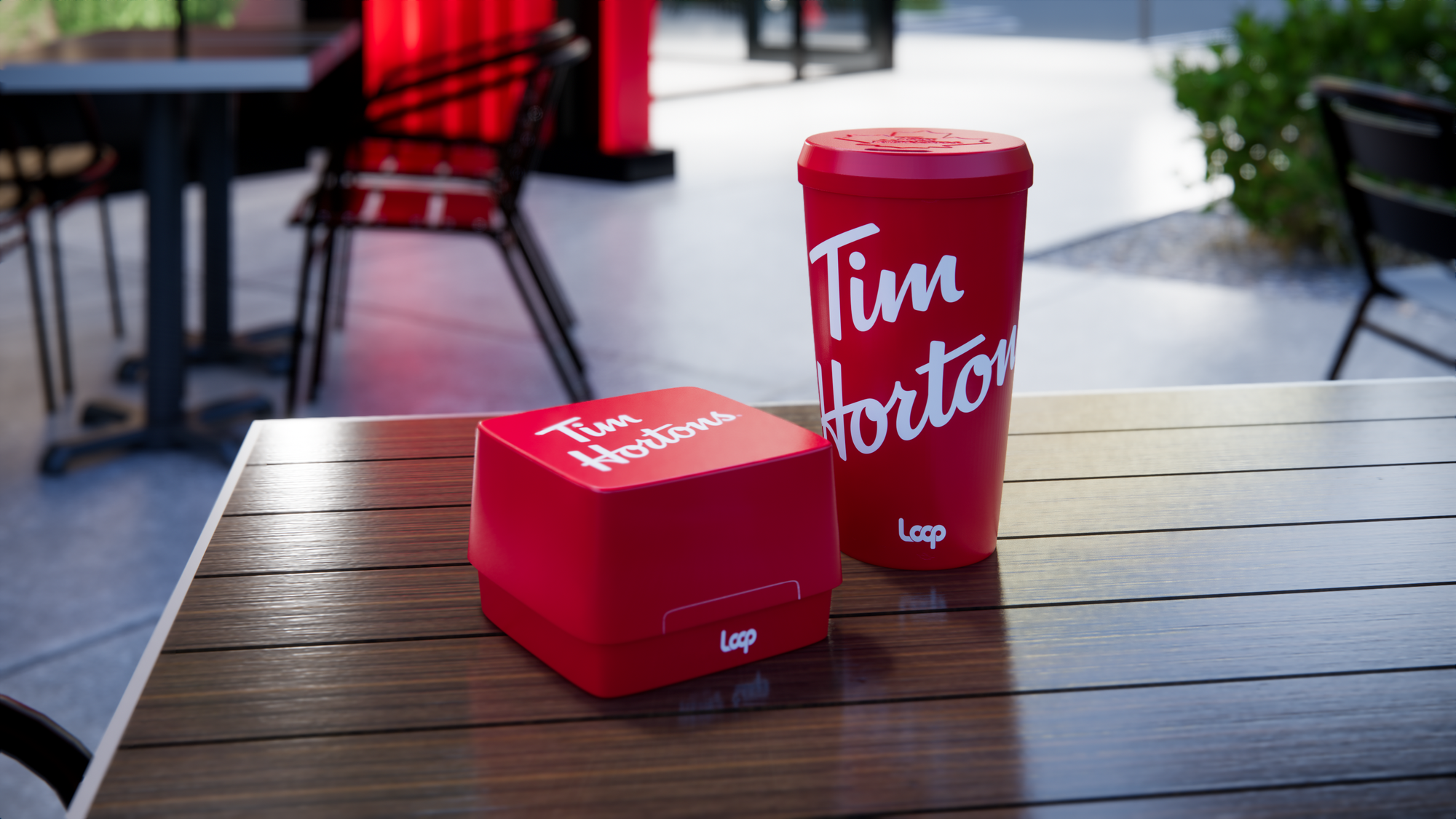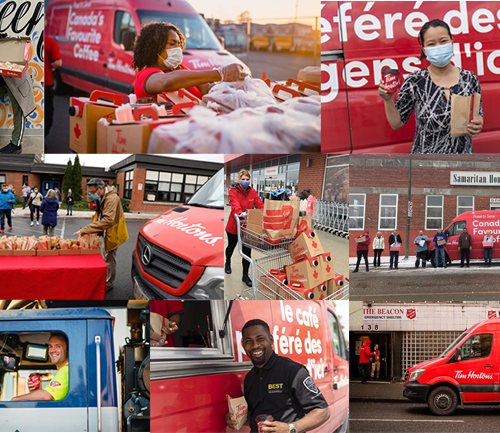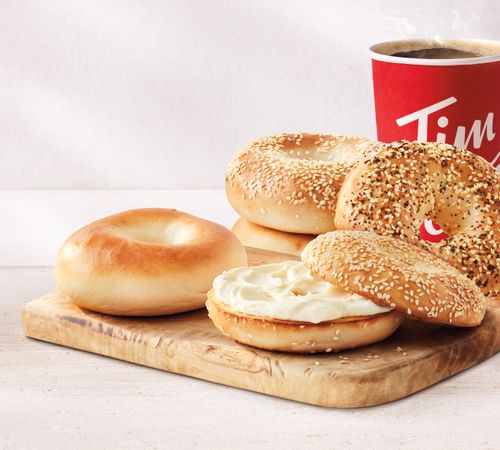Making the planet a better place is one of the commitments being made under Tim Hortons recently unveiled sustainability platform , Tims For Good.
With nearly 4,000 Tim Hortons restaurants across Canada, even a seemingly small change for guests can have a major impact. Knowing that, Tim Hortons has rethought every aspect of their restaurant experience with the environment in mind.
“Sustainability is not a standalone department within our business. Sustainability has been knitted into our DNA and is something we consider in every move we make,” said Paul Yang, Lead, Innovation & Sustainability for Tim Hortons.
With that in mind, here are five things to know about Tim Hortons and sustainability:
1. Saying goodbye to one billion single-use plastics
After an ambitious series of changes – including phasing out plastic straws – Tim Hortons recently announced plans to eliminate one billion single-use plastics this year.
In addition to changing from plastic to paper straws, which is set to result in saving around 300,000 single-use plastics annually, Tim Hortons also unveiled new, fully recyclable paper-based sandwich and bagel wrappers. The new packaging is estimated to reduce more than 460 tones of plastic a year. Meanwhile, our strawless lids for iced drinks took 90 million plastic straws out of circulation annually and our napkins made from 100 per cent recycled fibre are saving 900 tonnes of paper per year.

Those are just the changes customers might notice – behind the scenes, more work is being done.
“A lot of what’s visible is really front-of-house in terms of what the guests receive, but we’re making tons of changes through our supply chain and through how we package, ship and deliver products as well,” Yang said.
“All of these changes on their own, and together, add up to make a big difference.”
2. In the Loop
With progress being made to eliminate, innovate, and evolve packaging, the next opportunity on the Tim Hortons horizon is reusables.
In partnership with TerraCycle's zero-waste platform Loop, Tim Hortons will be launching a pilot program where guests will pay a small refundable deposit for reusable cups and containers, which will be professionally cleaned by Loop so they can be reused again and again.
“This is super cool to us because not only can reusable technologies have a huge impact, but we also believe it’s a huge opportunity to evolve the guest experience,” Yang said.

3. Store design is on the table
It’s not just Tim Hortons food and packaging that’s being reviewed for a refresh, but the restaurants as well.
New restaurant design standards aim to cut energy consumption, water use, greenhouse gas emissions and waste. With nearly 4,000 restaurants across Canada, these improvements will roll out gradually.
“We have control over what is within our four walls. It’s been about identifying where we can drive improvements and efficiencies within the restaurants, whether that’s automation, technology or designing with natural lighting and colours,” Yang said. “As restaurants rebuild, renovate and update, you’ll continue seeing a lot of these features and benefits.”
4. Impossible is no match for innovation
As Tim Hortons looked for ways to contribute to a better future for the planet, some challenges may not have sustainable solutions – not right away, at least.
“It’s about really understanding the problems we are trying to solve. When the solution doesn’t exist, we’re not afraid to invest and create it.” Yang said. “We are constantly working proactively with our team and our network to craft solutions. It’s all about this idea of innovation without borders.”
5. Better for the planet and also a better experience
The changes being made to Tim Hortons packaging and products are positive not just for the planet, but for guests, too.
“It always starts with a guest-centric approach. Everything that we’re doing is not only sustainably better, but functionally better and esthetically beautiful as well,” Yang said.
“This also makes it easy for guests to participate in this journey together with us. We know that guests have habits, rituals and patterns. We want to enable them to participate without inconveniencing them – it’s our job to make it easy and help them so we can do this together.”







